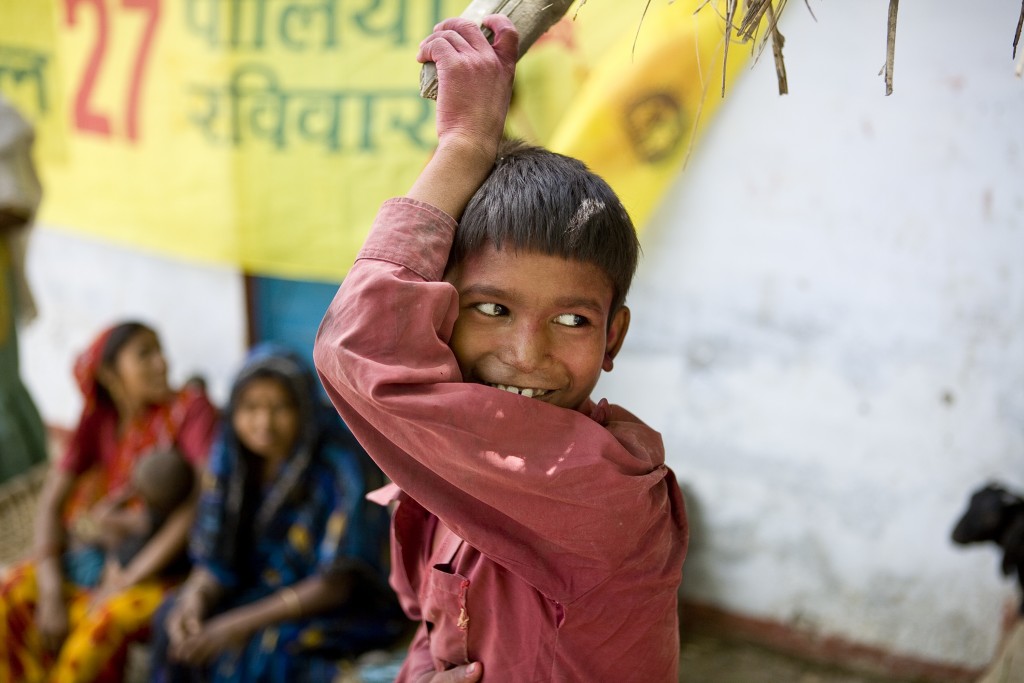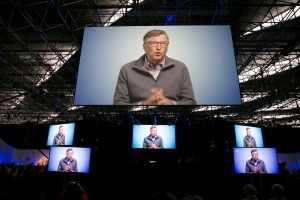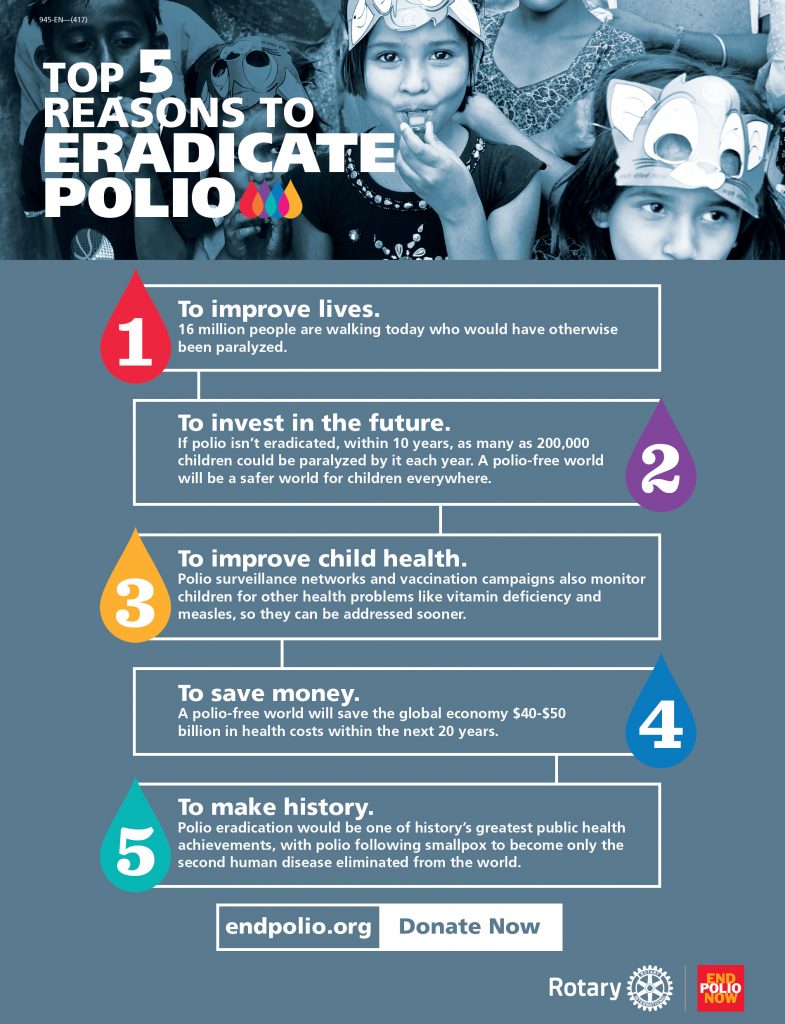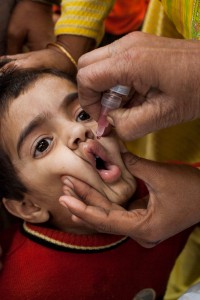In 1952, polio reached epidemic proportions, paralyzing or killing more people than any other communicable disease in the U.S.
100 million people contributed to the March of Dimes – 7 million donated their time and labor in the fight to eradicate polio.
“No peace time cause has ever led to such a strong popular mobilization as the fight against polio, and no medical breakthrough has ever been as acclaimed as the first [Salk] polio vaccine.”
— Bernard Seytre, The Death of a Disease

The Global Polio Eradication Initiative (GPEI) was launched following a resolution in 1988 by the World Health Assembly to eradicate polio by the year 2000. Led by national governments in partnership with its four spearheading partners — the World Health Organization (WHO), Rotary International, the U.S. Centers for Disease Prevention and Control (CDC), and the United Nations Children’s Fund (UNICEF) — the GPEI has achieved great progress. The number of cases of polio worldwide caused by naturally-occurring (wild) polioviruses has decreased by more than 99%, from around 350,000 cases per year in 1988 to fewer than 2,000 reported cases per year over the last decade.

However, the rate of progress in the eradication program slowed in recent years as new poliovirus outbreaks occurred and poliovirus transmission became reestablished in a number of countries in which wild poliovirus outbreaks and transmission had previously been stopped. The Strategic Plan for the GPEI has recently been revised to address these problems, and efforts have been intensified to complete the eradication program. New partners have come on board, including the Bill & Melinda Gates Foundation, which has made eradicating polio one of its top priorities.
Successful completion of the polio eradication program will provide significant benefits. In addition to preventing the human toll of deaths and disability that result from polio infection, it has been estimated that eradication will provide a cumulative net financial benefit of approximately $40-50 billion by 2035. Moreover, the eradication of a second human disease, following the eradication of smallpox in 1979, can provide a significant stimulus to mobilizing resources to address other global health problems.


The live attenuated oral poliovirus vaccine (OPV) developed by Albert Sabin and initially introduced in 1959-1963 has been the primary tool used in the eradication program in developing countries due to its low cost, its ability to be administered orally by untrained personnel, its ability to immunize unvaccinated children by person-to-person spread, and the strength of the immunity it produces in the intestinal tract. A drawback to using OPV is that its weakened viruses can revert to virulence and cause paralysis in approximately 2-4 vaccine recipients or their immediate contacts per million children born. Furthermore, outbreaks of paralytic disease can occur as a result of the person-to-person spread of revertant viruses. In order to eliminate the risk posed by the continued introduction of revertant polioviruses, the GPEI strategic plan calls for discontinuing the routine use of OPV globally after the eradication of wild polioviruses has been certified.
The inactivated poliovirus vaccine (IPV) developed by Jonas Salk and his colleagues and initially introduced in 1955 has become the vaccine of choice in most industrialized countries because the killed polioviruses it contains cannot cause paralysis. As quoted from PolioEradication.org, “IPV is one of the safest vaccines in use. No serious systemic adverse reactions have been shown to follow vaccination.” Once OPV is discontinued, IPV will be the only vaccine available to maintain protection against residual revertant OPV viruses, accidental release of live polioviruses from laboratories or vaccine production facilities, or acts of bioterrorism. However, the significantly greater per-dose cost of IPV, as well as the need for the vaccine to be administered by trained medical personnel, has been a disincentive to its use in low- and middle-income countries.
Global Polio Eradication Initiative
The Global Polio Eradication Initiative, formed in 1988, is a public-private partnership that includes Rotary, the World Health Organization, the U.S. Centers for Disease Control and Prevention, UNICEF, the Bill & Melinda Gates Foundation, and governments of the world. Rotary’s focus is advocacy, fundraising, volunteer recruitment and awareness-building.
Polio Today
Today, there are only three countries that have never stopped transmission of the wild poliovirus: Afghanistan, Nigeria and Pakistan. Just 37 polio cases were confirmed worldwide in 2016, which is a reduction of more than 99.9 percent since the 1980s, when the world saw about 1,000 cases per day.
Challenges
The polio cases represented by the remaining one percent are the most difficult to prevent, due to factors including geographical isolation, poor public infrastructure, armed conflict and cultural barriers. Until polio is eradicated, all countries remain at risk of outbreaks.
Ensuring Success
Rotary will raise $50 million per year over the next three years, with every dollar to be matched with two additional dollars from the Bill & Melinda Gates Foundation. These funds help to provide much-needed operational support, medical personnel, laboratory equipment, and educational materials for health workers and parents. Governments, corporations and private individuals all play a crucial role in funding.
Rotary in Action
More than one million Rotary members have donated their time and personal resources to end polio. Every year, hundreds of Rotary members work side-by-side with health workers to vaccinate children in polio-affected countries. Rotary Members work with UNICEF and other partners to prepare and distribute mass communication tools to reach people in areas isolated by conflict, geography, or poverty. Rotary members also recruit fellow volunteers, assist with transporting the vaccine, and provide other logistical support.
“The Shot Felt ‘Round the World” Trailer
The suspenseful documentary, “The Shot Felt ‘Round the World,” does great justice to the horrors of polio and the helplessness the nation felt during the height of the outbreak. Watch the above trailer from the Steeltown Film Factory (SFF).